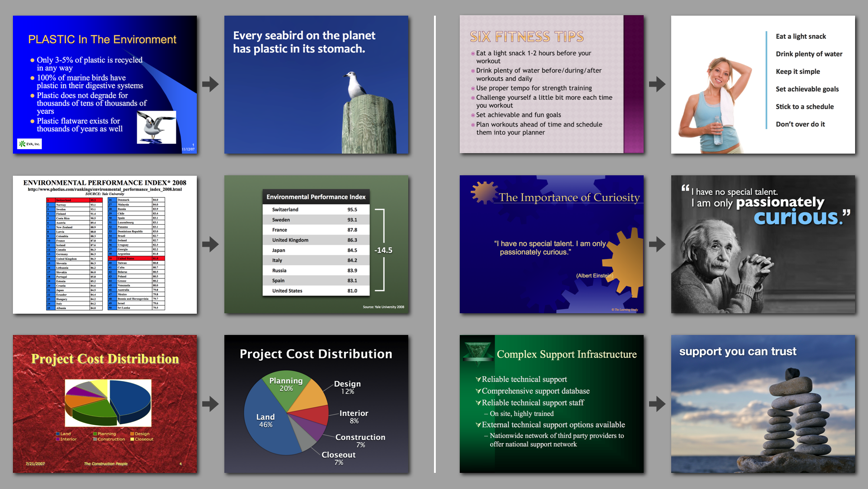“There is no such thing as a worthless conversation, provided you know what to listen for. And questions are the breath of life for a conversation.” James Nathan Miller
In today’s fast paced world, we may have many virtual conversations, but, we are losing the ability to sit across a person or a group of people and have a real conversation. We are pre-occupied with the myriad of things happening in our life, or are constantly being beeped by one of the many gadgets we carry. This does not bode well for our generation, because a breakdown in the ability to communicate in the real world can have disastrous repercussions. We see that today in the increase in divorces, suicides and depression related illnesses. Somewhere along this rapid technological progress, we are losing touch with the fundamental bonds which hold us all together. The art of conversation is one such bond, it has been pivotal in our development. Listed below are five steps, to assist and benchmark conversational and communication skills.
1. Knowledge: When it comes to being a good communicator, knowledge is a defining aspect. Without it, we can talk without actually saying very much. When an individual is knowledgeable, it comes across even when you talk to them about the most trivial of subjects. One must constantly keep learning and growing. With the proliferation of information today, there are so many ways we can keep ourselves abreast on current affairs as also increase our knowledge on subjects we are interested in. To learn specific tips on how to increase your knowledge base, please click here.
2. Confidence: Being confident about oneself is an integral part of being a good communicator. Without this characteristic, knowledge will not help you to communicate in an effective manner. To assess our confidence, we have to identify instances where we lack the confidence to take a stand or share an opinion. Watch the best communicators in the world and visualize yourself communicating in similar manners. We have to get rid of negative thoughts which give rise to self doubt. At the same time, we have to keep a fine balance between being confident and over confident. To learn specific tips on how to increase your level of confidence, please click here.
3. Clarity: Without clarity, the message we want to communicate can get lost somewhere in translation. This will result in both the speaker and audience getting frustrated and tune out. There needs to be substantial and adequate thought put into the organization of our ideas. At the same time, we need to make sure that the language we use is not too convoluted that it confuses rather than impresses the audience. Lastly and most importantly, pronunciation is of critical importance. These factors put together, form the basic foundation of clarity of speech. To learn about each component in greater detail, please click here.
4. Enthusiasm: No one really wants to talk to someone who is sick of life and has lost the passion for living. Individuals who attract us are those whose body language, tone and words express their zest for life. They have a certain type of energy around them which makes just about anything they say a lot more enjoyable. Since 93% of all conversation is based on non verbal cues which include your body language and tone, it is essential that we pay more attention to them to ensure that our conversations are an accurate reflection of our persona and the message we want to convey. To learn more about these three factors, which determine the enthusiasm level in your conversations, please click here.
5. Listening: The art of listening is a dying art in our world today. Conversations are constantly and rudely interrupted, or the audience distracted, either due to information overload in their minds, or one of the many gadgets on them, which keep beeping or ringing. In order to become better listeners there are three areas we should focus our attention towards. Firstly, are we actively listening to the conversations we are part of? Secondly, do we have internal filters which are impeding our listening to the entire message. Lastly, are we paying attention to the subtle clues in each conversation conveyed through tone, body language and choice of words? To learn more about each of these three areas, please click here.
As an entrepreneur we have to work towards making great first impressions to colleagues, investors and customers. Our conversational skills are a large component of the overall impression we project. We have to ensure that we are conveying the impression we wish to. The steps provided above should assist in evaluating your present conversational skills and subsequently used to benchmark how we measure up on each one . Better conversational skills and abilities will not only increase the quality of your professional relationships, it will do wonders for your personal relationships too. I wish you the best of luck in all your future endeveours.
